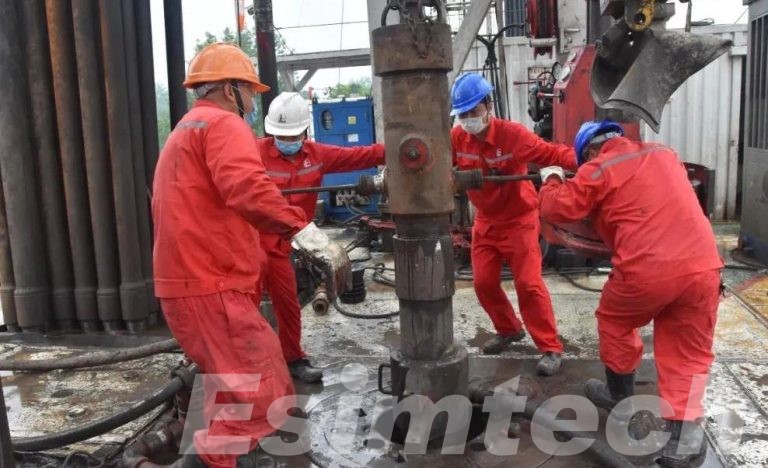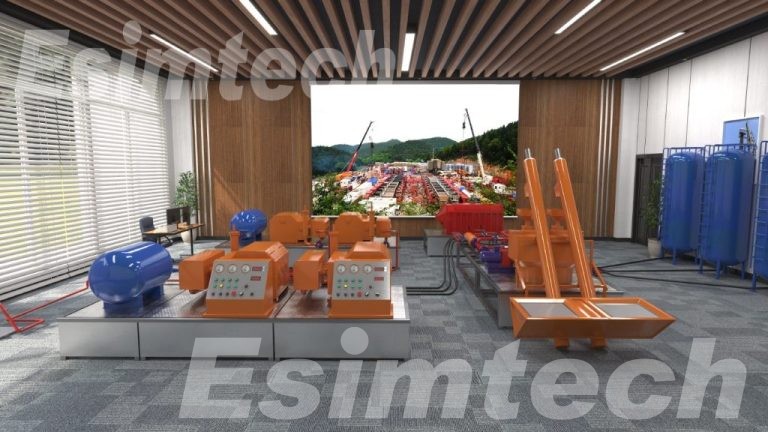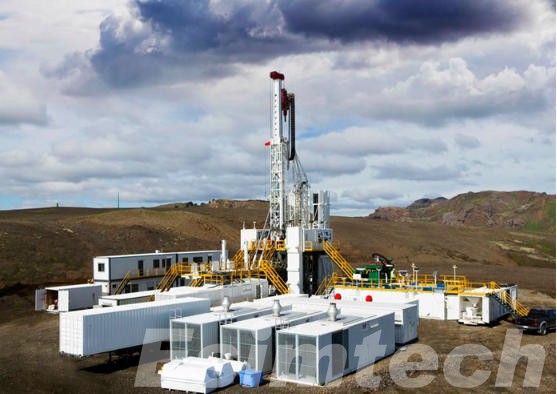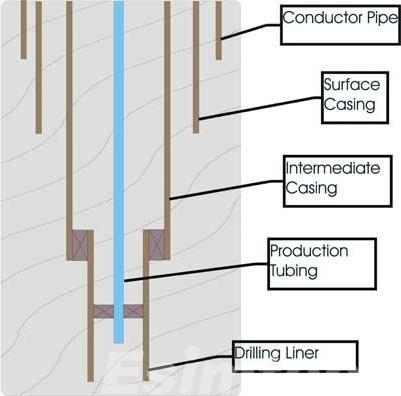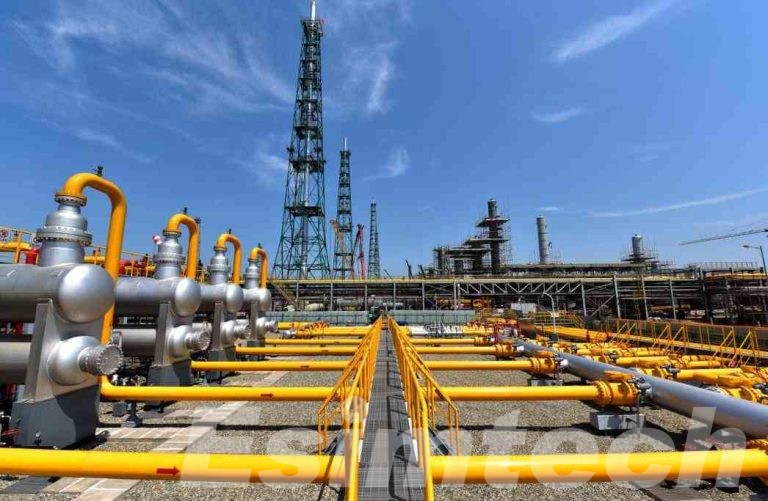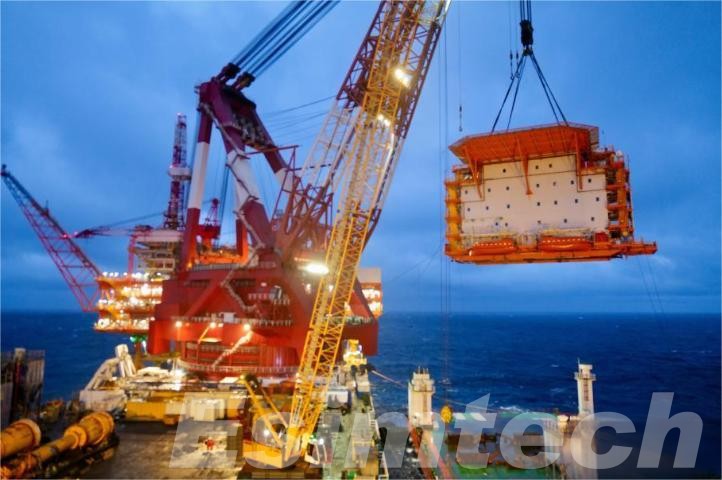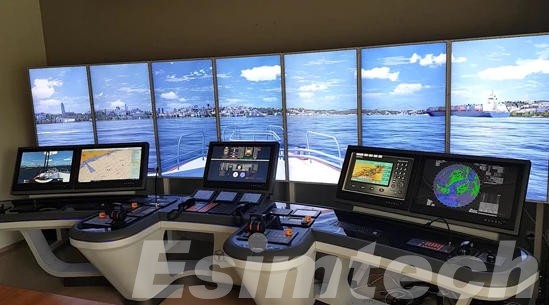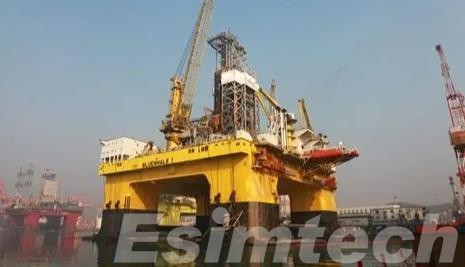Effective Methods for Wellbore Stability Analysis
The wellbore stability is vital because it contributes to the safety, efficacy, and economic viability of the drilling efforts in the oil and gas sector. Wellbore instability is dangerous because it can result in the wellbore collapsing, becoming stuck, or losing fluid. All of these consequences are costly and time-consuming to rectify. Wellbore stability analysis enables the…

